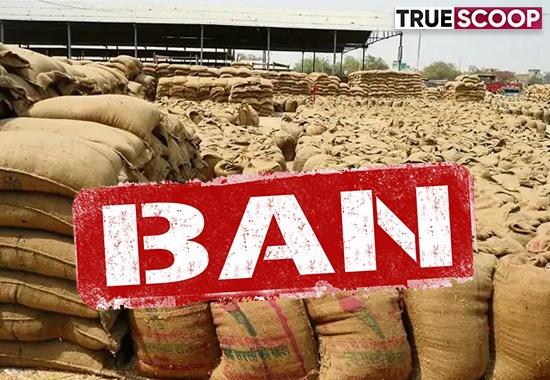To control the high inflation and save the country from food shortage, India prohibited wheat export on May 13.
This decision is criticized by G-7 countries. They claimed that this may deepen the crisis of food shortage. G-7 countries include Canada, France, Germany, Italy, Japan, UK, and America.
The consequences of the wheat ban that how it is affecting the world can be seen in the international price hike of the wheat. This year, till today the price of wheat has shot up by 60%. The prices of Bread and noodles have also gone up by a significant margin.
China supported India over this ban. China said why G-7 countries are not taking initiative to export more and stabilize the global food market supply.
Some experts also pointed out why not G-7 reduce the price of biofuel which is used in grains.
Why did India ban wheat export?
There are two main reasons due to why India banned wheat. First, the heatwave arrived earlier this year which resulted in low production. Because of the low production of wheat, the price has gone up. Second, the government is under pressure due to the rising inflation.
India does its maximum export with Bangladesh, Nepal, UAE, Srilanka, Yaman, Afghanistan, Qatar, Indonesia, Oman, and Malaysia.
The Earlier Policy
India earlier said it was all set to help fill some of the supply shortages caused by the February invasion of Ukraine, which had accounted for 12 percent of global exports.
This year India observes less than expected production of wheat. The expected production is 11 metric tonnes whereas the production yield is 10 metric tonnes.
There has been a record hike in the export of wheat in the last 3 years in India. The country uplifted its wheat exports by 215% compared to last year.
Canada, France, Russia, USA, and Ukraine are among the top 5 countries that export wheat in the world. 30% are exported from Russia and Ukraine, the highest among the above-mentioned countries. Russian invasion of Ukraine also affected the production of wheat and also stopped the export completely.
